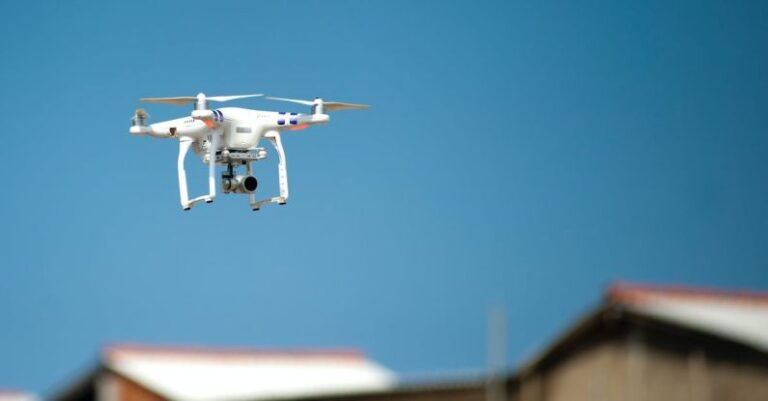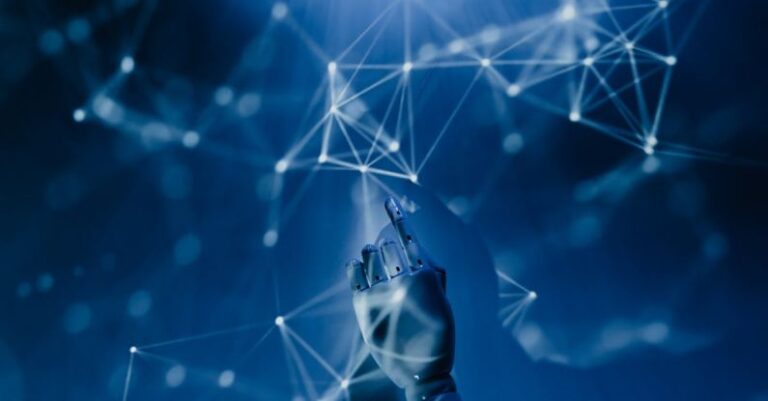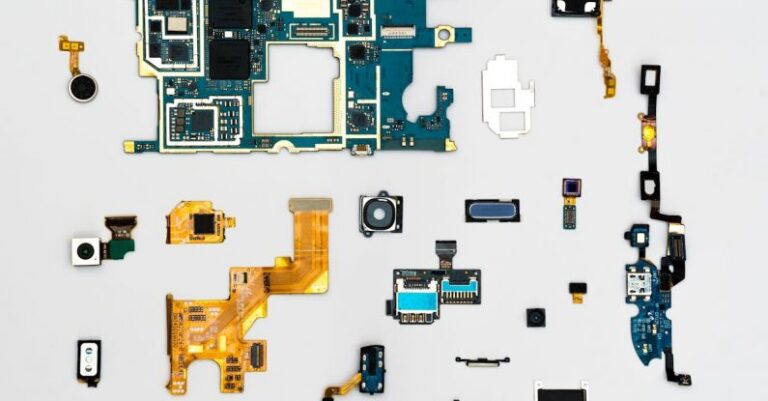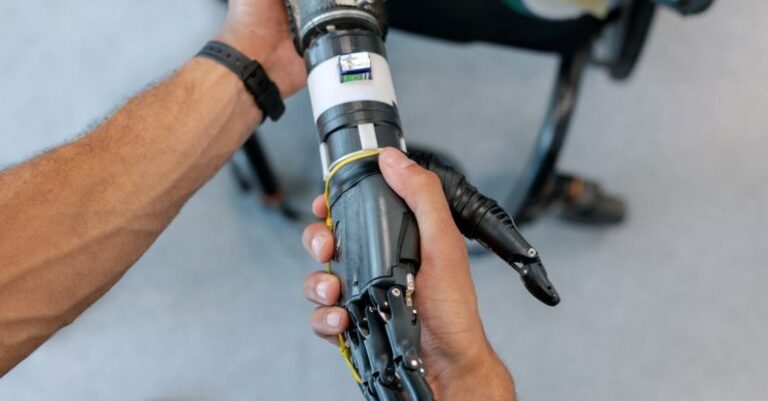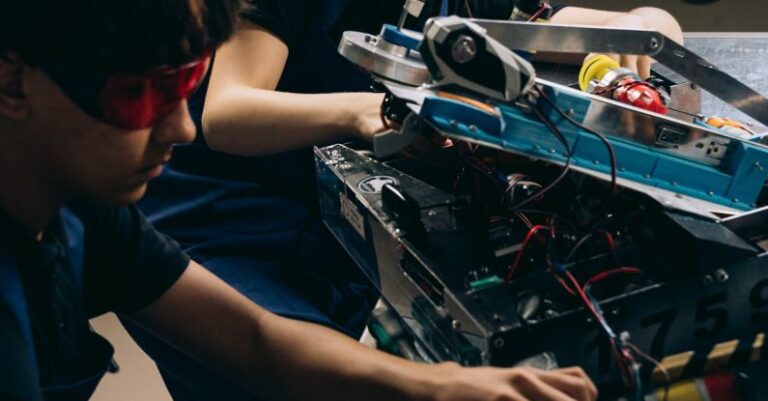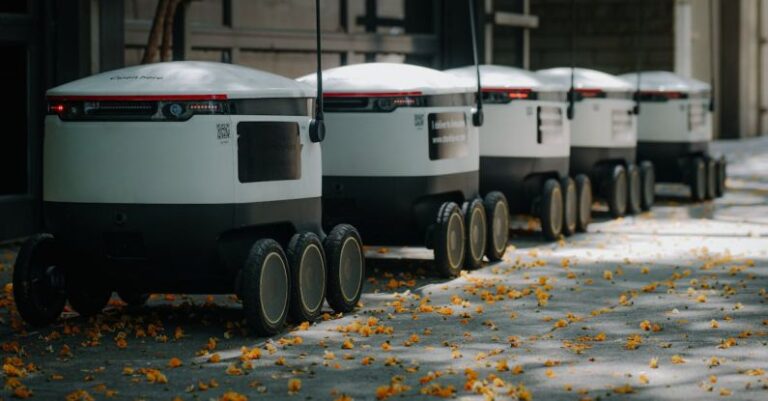
Robots have come a long way from being mere machines that perform repetitive tasks to becoming intelligent entities that can learn and adapt to their surroundings. The ability of robots to learn and adapt over time is a result of advancements in artificial intelligence and machine learning technologies. In this article, we will explore how robots learn and adapt, and the implications of this capability in various fields.
Artificial Intelligence and Machine Learning
Artificial intelligence (AI) is the technology that enables machines to simulate human intelligence processes such as learning, reasoning, problem-solving, perception, and decision-making. Machine learning is a subset of AI that focuses on developing algorithms and statistical models that allow machines to improve their performance on a specific task without being explicitly programmed. These two technologies are at the core of how robots learn and adapt over time.
Sensor Data and Feedback Loops
Robots learn and adapt by collecting and analyzing data from their environment using sensors such as cameras, lidar, and ultrasonic sensors. This data is then processed by algorithms that extract meaningful patterns and information, which is used to make decisions and take actions. Feedback loops play a crucial role in this process, as robots receive feedback on the outcomes of their actions and use this information to adjust their behavior in the future. This iterative process of data collection, analysis, decision-making, and action forms the basis of how robots learn and adapt.
Reinforcement Learning
Reinforcement learning is a type of machine learning where robots learn through trial and error by receiving rewards or punishments for their actions. In reinforcement learning, robots explore their environment, take actions, and receive feedback in the form of rewards or punishments based on the outcomes of their actions. Over time, robots learn to maximize their rewards by choosing actions that lead to positive outcomes and avoiding actions that lead to negative outcomes. This process allows robots to learn and adapt to their environment without being explicitly programmed.
Neural Networks
Neural networks are a type of artificial intelligence that is inspired by the structure and function of the human brain. These networks consist of interconnected nodes that process and transmit information, allowing robots to learn complex patterns and relationships from data. Neural networks are used in various machine learning algorithms to enable robots to recognize patterns, make predictions, and adapt to changing environments. The ability of neural networks to learn and adapt over time is a key factor in the success of robots in tasks such as image recognition, natural language processing, and autonomous driving.
Adaptive Control Systems
Adaptive control systems are a type of control system that adjusts its parameters based on feedback from the environment. These systems allow robots to adapt to changes in their environment, such as variations in temperature, lighting conditions, or obstacles in their path. Adaptive control systems enable robots to maintain performance and stability in dynamic and uncertain environments, making them more robust and reliable. By continuously monitoring and adjusting their parameters, robots can learn from their experiences and improve their performance over time.
Implications in Various Fields
The ability of robots to learn and adapt over time has significant implications in various fields, including healthcare, manufacturing, agriculture, and transportation. In healthcare, robots can assist doctors in surgery, diagnose diseases, and provide personalized care to patients. In manufacturing, robots can optimize production processes, improve quality control, and increase efficiency. In agriculture, robots can automate tasks such as planting, watering, and harvesting crops, leading to higher yields and reduced labor costs. In transportation, robots can enhance the safety and efficiency of autonomous vehicles, drones, and delivery robots.
In the future, robots will continue to learn and adapt at an accelerating pace, transforming industries and revolutionizing the way we live and work. By harnessing the power of artificial intelligence, machine learning, neural networks, and adaptive control systems, robots will become increasingly intelligent, autonomous, and capable of performing complex tasks with precision and efficiency. The possibilities are endless, and the future of robotics is full of promise and potential. As robots continue to evolve and learn from their experiences, they will play an increasingly important role in shaping the world of tomorrow.
